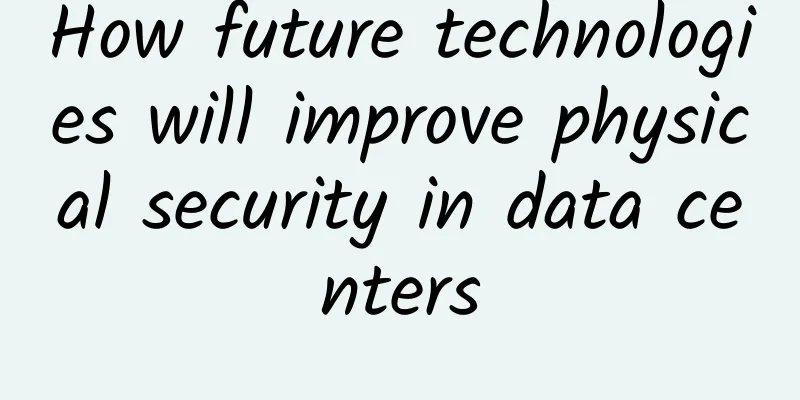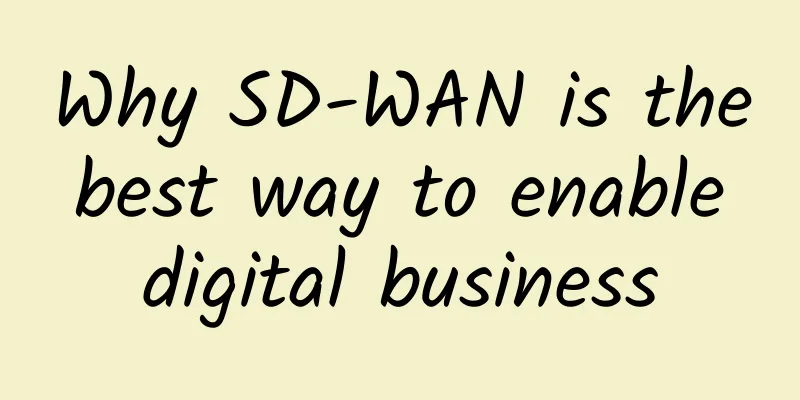How future technologies will improve physical security in data centers

|
In recent years, the demand for security solutions in the data center market has increased dramatically. As the market continues to grow rapidly, it brings more opportunities and challenges to suppliers and operators.
The data center industry will face two major challenges: The first is compliance. Regulatory compliance is increasing, and data center operators need to do more work, not only to comply with regulations, but also to provide a safe and secure environment for data center assets. The second is human error. Data center staff and operators will inevitably make mistakes that may inadvertently affect the operation of the data center. Data loss or downtime can result in huge costs for the enterprise. Data center managers can help mitigate these risks by controlling and optimizing who, where and when around rack equipment – who has access, where, when and for how long. This is increasingly common, especially in co-located data centers, where the opportunity for human error and malicious sabotage increases with the number of people in the data center. So, what are the main factors that data center managers need to consider when investing in a physical security solution? Many data centers will have some form of physical security embedded in them, but managers need to consider the ease of implementation and the value to customers when upgrading. The ease of retrofitting current solutions is key, and depending on whether data center managers choose a wired or wireless solution, they need to consider how the project will affect the short-term day-to-day operations of their facility. This is an area where data center operators are focusing their efforts and continue to work closely with data center rack providers to provide comprehensive retrofit solutions that are easy to implement and minimize disruption to the data center. They are often suitable for existing equipment and do not require additional cutting or drilling. As the need for enhanced physical security continues to grow, upgrades need to be considered in a way that minimizes the impact on data center operations. Working with a partner who has extensive experience in implementing these projects will help ensure that upgrades can be conducted safely and securely. With advances in biometrics and other emerging technologies, how can one expect access technology to evolve over the next five years? Today, IoT devices generate exponentially more and more data, whether it is for the security and financial industries or for research, many of the target customers and applications will work in those sensitive areas. As data becomes more important and more sensitive, it must be protected, requiring at least some level of audit trail and accountability. As data centers become more complex, improved security layers and tracking capabilities are needed at every level. We are seeing more demand for integrating keys and access control into the user's phone, providing the user with a protected key that can only be accessed through authorization by data center managers to predefined racks for a predefined length of time. And that's just one way we are seeing customer demand shift. Another way is through identification via biometrics, such as facial recognition, fingerprint scanning and iris recognition, as these technologies become more accessible and, more importantly, secure, it is expected that the demand to incorporate these security measures into existing solutions will inevitably grow. This brings more complexity to an already complex data center environment and requires the introduction of many pre-authorization checks to allow basic access. These security measures may affect the speed of data center operations, but can promote the continued development of the data center market in the next few years. |
<<: The difference between SDN and traditional network operation and maintenance
>>: NFV is stumbling forward and entering the second half
Recommend
What will the future world look like under the 5G technology revolution?
Some time ago, Huawei's "Intelligent Wor...
TmhHost: Los Angeles three-network CN2 GIA quarterly payment starts from 100 yuan, Japan SoftBank VPS quarterly payment starts from 150 yuan
TmhHost is a Chinese VPS service provider establi...
Basic introduction and installation verification of the open source API gateway Kong
Today I am going to introduce the open source API...
Huawei Cloud 12.12 Membership Festival invites you to join the carnival. In the 5G era, Huawei Cloud is the right choice!
[51CTO.com original article] Guess what the first...
What Data Center Operators Need to Know About Expanding to 400GE Networks
Today, many data center operators need to expand ...
80VPS: Los Angeles VPS starts at 199 yuan per year, 8C (237 IP) cluster server starts at 800 yuan per month
80VPS is a long-established Chinese hosting compa...
China's three major operators finally gave in, reducing 5G package fees, netizens: Still can't afford it
As we all know, since the end of 2018, countries ...
Three ways 5G will change manufacturing
According to RT Insights, the Manufacturing Insti...
Academician Wu Hequan: 5.5G does not require full network coverage, and recommends joint construction and sharing
IT Home reported on December 7 that the 2023 Worl...
Federal Aviation Administration: Allowing aircraft to land at airports affected by 5G
Recently, the CEOs of some large passenger and ca...
2018 China Enterprise Digital Transformation Seminar was held, Ruijie helped enterprises break through digital transformation
On August 24, the 2018 China Enterprise Digital T...
CloudCone: $69/month-E3-1270v2, 32G memory, 512G SSD, 100M/1Gbps bandwidth, Los Angeles MC data center
We often share information about VPS hosts provid...
Can't connect to Wi-Fi? Tsinghua University has developed the "ultimate solution"
While Wi-Fi is one of the greatest inventions of ...
HostYun: Los Angeles CN2 GIA line cheap version online, 1GB memory package monthly payment starts at 15 yuan
HostYun recently launched a low-cost package for ...




![[11.11] TmhHost 30% off, Los Angeles CN2/Japan Softbank/Hong Kong CN2 monthly payment starts from 21 yuan](/upload/images/67cac044abcf4.webp)




